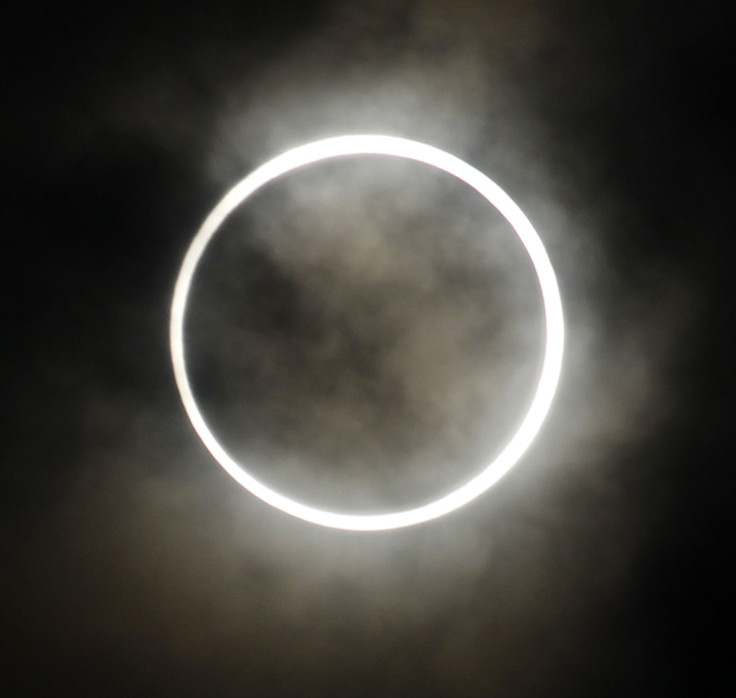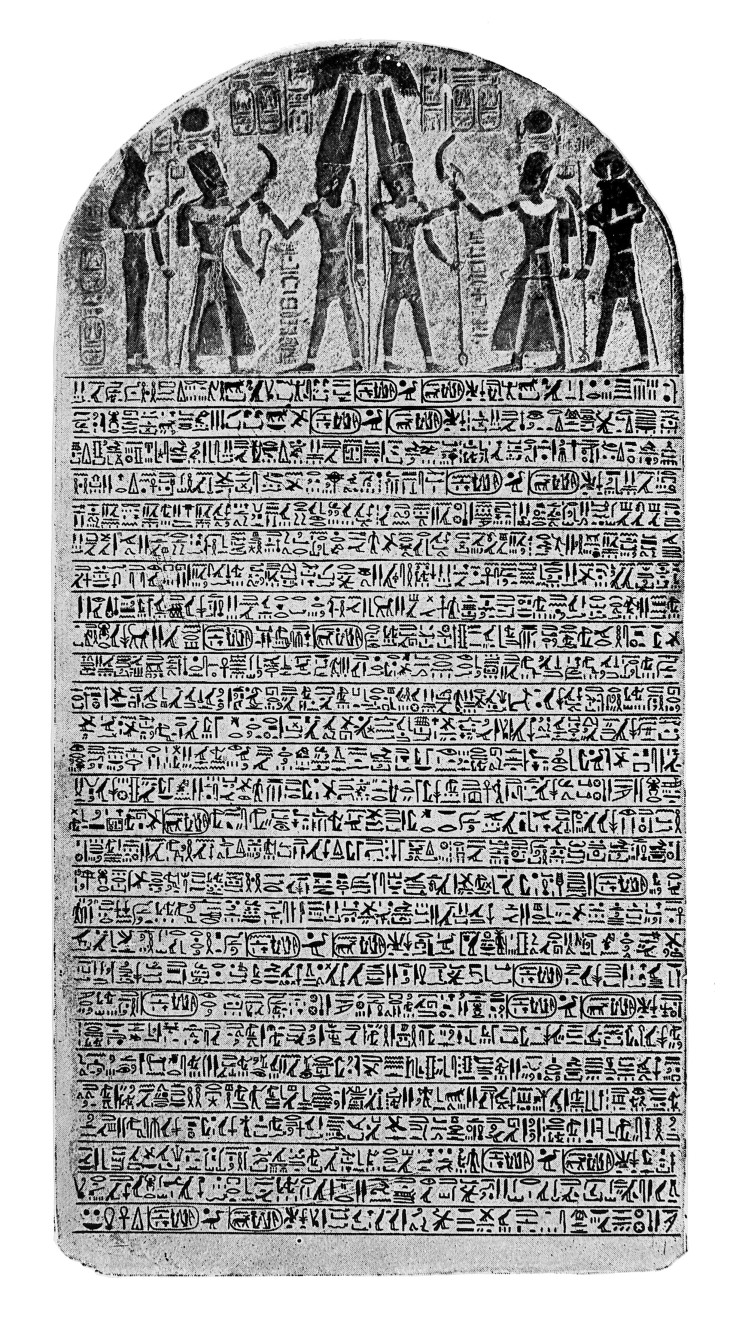Oldest Biblical Solar Eclipse Precisely Dated, Helps Pinpoint Egyptian Pharaohs’ Reigns

On this day 3,224 years ago — Oct. 30, 1207, B.C. — Earth saw a solar eclipse which was the oldest known eclipse yet to be recorded. It is mentioned in the book of Joshua in the Old Testament, but scientists have only now calculated its exact date precisely.
The text in Joshua 10:13 which speaks of the time when he led the people of Israel into Canaan — the region covering present-day Israel and Palestinian territories — says: “Sun, stand still at Gibeon, and Moon, in the Valley of Aijalon. And the Sun stood still, and the Moon stopped until the nation took vengeance on their enemies.”
The reference to what was clearly a major astronomical phenomenon, if based on an actual observation, has often been thought of talking about an eclipse.
“Modern English translations, which follow the King James translation of 1611, usually interpret this text to mean that the sun and moon stopped moving. But going back to the original Hebrew text, we determined that an alternative meaning could be that the sun and moon just stopped doing what they normally do: they stopped shining. In this context, the Hebrew words could be referring to a solar eclipse, when the moon passes between the earth and the sun, and the sun appears to stop shining. This interpretation is supported by the fact that the Hebrew word translated ‘stand still’ has the same root as a Babylonian word used in ancient astronomical texts to describe eclipses,” Colin Humphreys from the University of Cambridge’s Department of Materials Science & Metallurgy, who co-authored a paper on the subject, explained in a statement Monday.

That Israelites were in Canaan between the years 1500 and 1050 BC can be proven using unrelated evidence, primarily the Merneptah Stele — an Egyptian text written on a large granite block, on display at the Egyptian Museum in Cairo. It was carved in the fifth year of the reign of Pharaoh Merneptah — son of the much better-known Ramesses the Great — and says he defeated Israelites in Canaan during a military campaign.
Humphrey and his co-author Graeme Waddington, an astrophysicist at Oxford University, were not the first to use these two texts to try date the eclipse, but the duo was the first who considered non-total solar eclipses. Instead, they looked at annular eclipses.
Depending on the distance of the moon from Earth when it passes between the sun and the planet, its shadow covers either the entirety of the star’s face — making it a total solar eclipse — or it is too small to block out all of the sun’s surface — leading to a “ring of fire” appearance, or an annular eclipse.
Based on new calculations and accounting for the variations in Earth’s rotation over time, the researchers concluded: “The only annular eclipse visible from Canaan between 1500 and 1050 BC was on 30 October 1207 BC, in the afternoon.”
If the date is accepted by the larger scientific community, it would be the oldest solar eclipse to be accurately dated. It would also mean Merneptah’s reign began in 1210 or 1209 BC, and that his father Ramesses the Great ruled from 1276-1210 BC, give or take a year.
The open-access paper, titled “Solar eclipse of 1207 BC helps to date pharaohs,” appeared recently in the journal Astronomy & Geophysics.
© Copyright IBTimes 2025. All rights reserved.





















